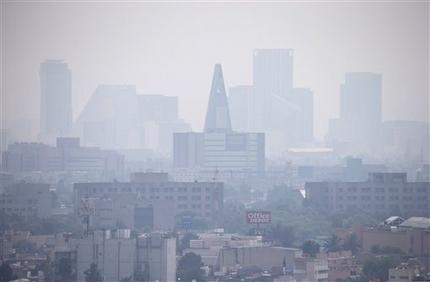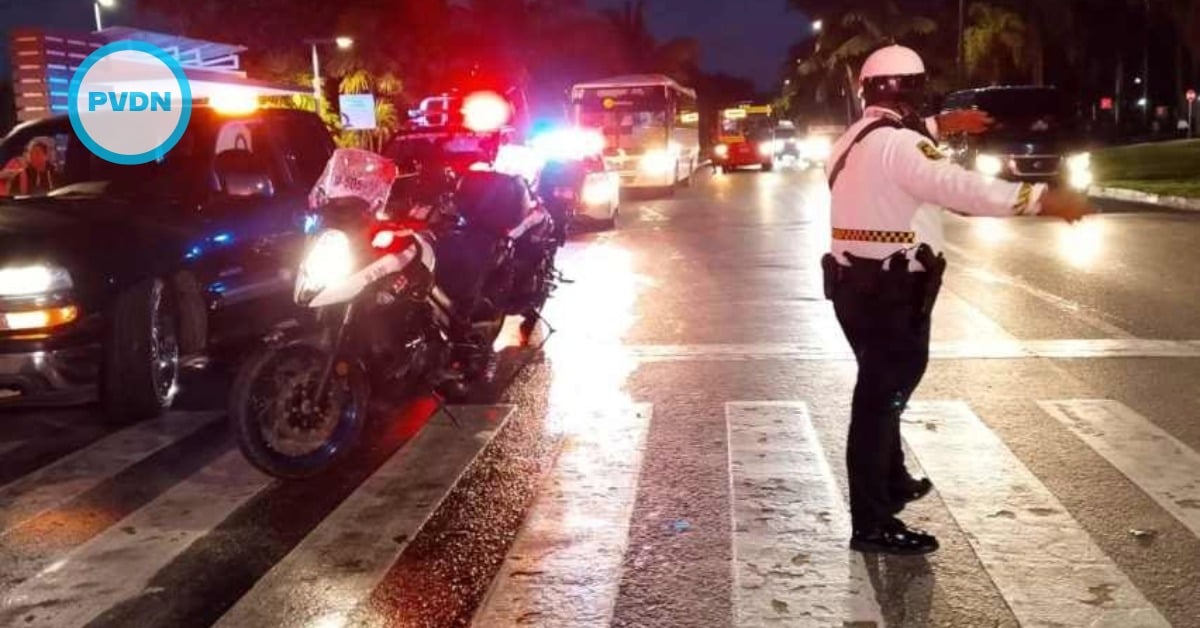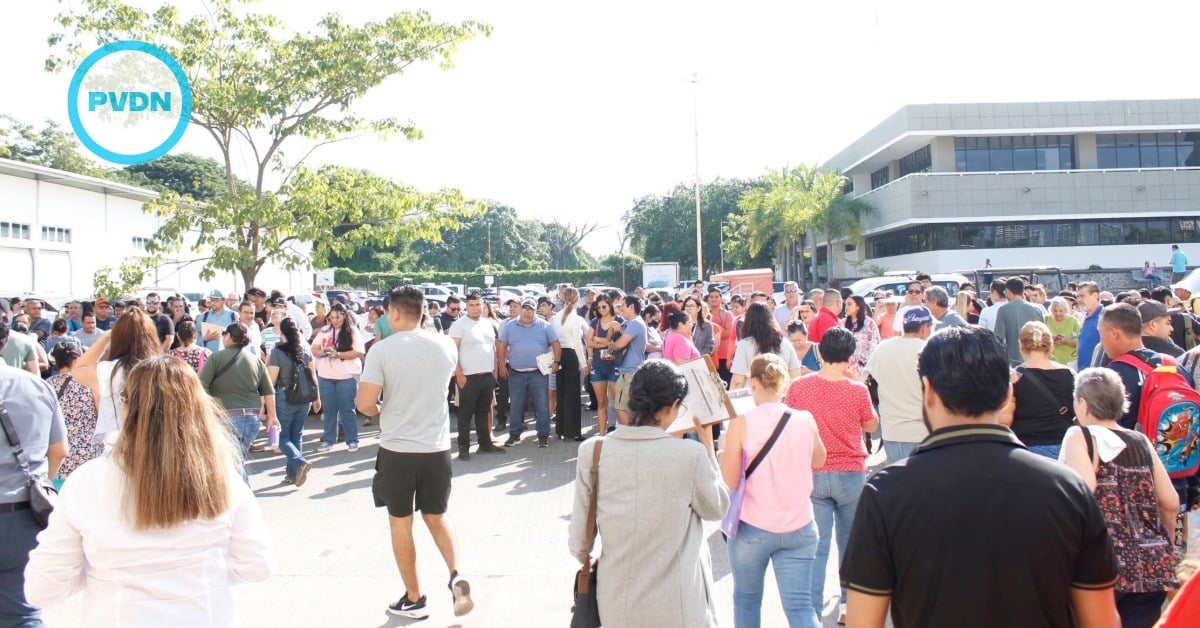Choking smog returned to the skies of Mexico City this week at levels not seen in more than a decade, prompting fears of more eye-watering days to come as efforts to curb pollution run afoul of the courts and the realities of life. The haze that shrouded the second-largest city i…





